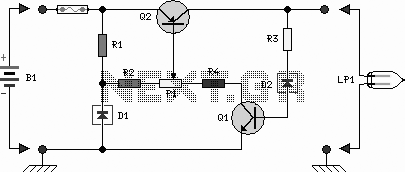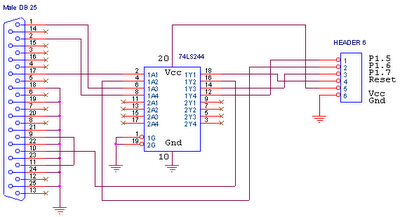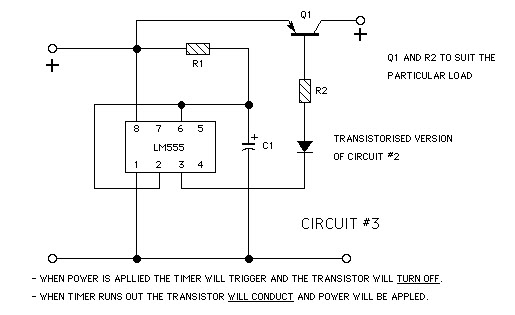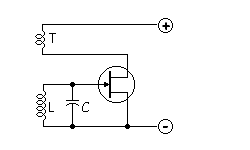
FingerPrint Security circuit

Personal Safes are revolutionary locking storage cases that open with just the touch of your finger. These products are designed as secure storage for medications, jewelry, weapons, documents, and other valuable or potentially harmful items. These utilize fingerprint recognition technology to allow access to only those whose fingerprints you choose. It contains all the necessary electronics to allow you to store, delete, and verify fingerprints with just the touch of a button. More: Stored fingerprints are retained even in the event of complete power failure or battery drain. This eliminates the need for keeping track of keys or remembering a combination password, or PIN. It can only be opened when an authorized user is present.
The electronic schematic for a personal safe utilizing fingerprint recognition technology typically includes several key components: a microcontroller, a fingerprint sensor, a motorized locking mechanism, a power supply, and a user interface consisting of buttons and possibly an LED display.
The microcontroller serves as the central processing unit, managing all operations of the safe. It interfaces with the fingerprint sensor to capture and process fingerprint data. The fingerprint sensor, often an optical or capacitive type, scans the fingerprint and converts it into a digital format that can be stored and compared against authorized fingerprints.
The motorized locking mechanism is responsible for physically securing the safe. Upon successful fingerprint verification, the microcontroller sends a signal to the motor to disengage the lock, allowing the safe to be opened. In the event of an unauthorized access attempt, the microcontroller can trigger an alarm or lock the mechanism for a predetermined duration.
A robust power supply is critical for the operation of the safe, often utilizing a rechargeable battery to maintain functionality during power outages. The design may include a backup capacitor to retain fingerprint data even when the battery is drained, ensuring that authorized users can still access the safe.
The user interface is designed for ease of use, allowing users to register new fingerprints, delete existing ones, and verify their identity. This may involve a simple button layout or a more complex touchscreen interface, depending on the design specifications. An LED indicator can provide visual feedback during the fingerprint scanning process, signaling whether the scan was successful or if access has been denied.
Overall, the integration of these components results in a secure, user-friendly personal safe that leverages advanced fingerprint recognition technology to provide reliable access control while eliminating the need for traditional keys or passwords.Personal Safes are revolutionary locking storage cases that open with just the touch of your finger. These products are designed as secure storage for medications, jewelry, weapons, documents, and other valuable or potentially harmful items.These utilize fingerprint recognition technology to allow access to only those whose fingerprints you choose. It contains all the necessary electronics to allow you to store, delete, and verify fingerprints with just the touch of a button.
Stored fingerprints are retained even in the event of complete power failure or battery drain.These eliminates the need for keeping track of keys or remembering a combination password, or PIN. It can only be opened when an authorized user is present, sinc 🔗 External reference
The electronic schematic for a personal safe utilizing fingerprint recognition technology typically includes several key components: a microcontroller, a fingerprint sensor, a motorized locking mechanism, a power supply, and a user interface consisting of buttons and possibly an LED display.
The microcontroller serves as the central processing unit, managing all operations of the safe. It interfaces with the fingerprint sensor to capture and process fingerprint data. The fingerprint sensor, often an optical or capacitive type, scans the fingerprint and converts it into a digital format that can be stored and compared against authorized fingerprints.
The motorized locking mechanism is responsible for physically securing the safe. Upon successful fingerprint verification, the microcontroller sends a signal to the motor to disengage the lock, allowing the safe to be opened. In the event of an unauthorized access attempt, the microcontroller can trigger an alarm or lock the mechanism for a predetermined duration.
A robust power supply is critical for the operation of the safe, often utilizing a rechargeable battery to maintain functionality during power outages. The design may include a backup capacitor to retain fingerprint data even when the battery is drained, ensuring that authorized users can still access the safe.
The user interface is designed for ease of use, allowing users to register new fingerprints, delete existing ones, and verify their identity. This may involve a simple button layout or a more complex touchscreen interface, depending on the design specifications. An LED indicator can provide visual feedback during the fingerprint scanning process, signaling whether the scan was successful or if access has been denied.
Overall, the integration of these components results in a secure, user-friendly personal safe that leverages advanced fingerprint recognition technology to provide reliable access control while eliminating the need for traditional keys or passwords.Personal Safes are revolutionary locking storage cases that open with just the touch of your finger. These products are designed as secure storage for medications, jewelry, weapons, documents, and other valuable or potentially harmful items.These utilize fingerprint recognition technology to allow access to only those whose fingerprints you choose. It contains all the necessary electronics to allow you to store, delete, and verify fingerprints with just the touch of a button.
Stored fingerprints are retained even in the event of complete power failure or battery drain.These eliminates the need for keeping track of keys or remembering a combination password, or PIN. It can only be opened when an authorized user is present, sinc 🔗 External reference





